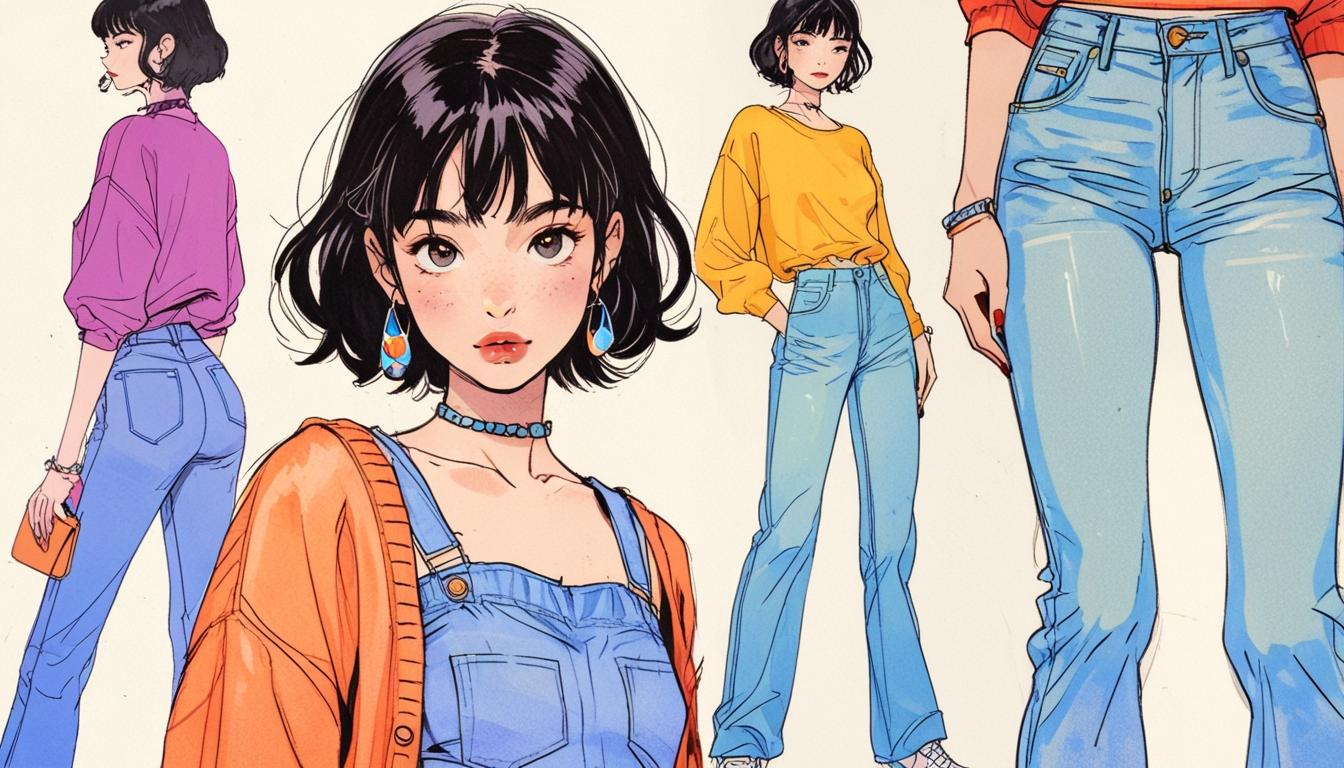The Teen Magazine has recently explored the resurgence of the Y2K aesthetic, a fashion style that dominated the late 1990s and early 2000s and is now seeing a revival, particularly among Generation Z. This trend, exemplified by staples such as scarf tops, low-rise jeans, velour tracksuits, butterfly clips, glossy lips, and side-swept bangs, has been prominently displayed in cultural touchstones like the television series Clueless, Gossip Girl, Gilmore Girls, and the film Mean Girls.
Y2K, standing for "Year 2000," encapsulates the vibrant colours, metallic textures, and rhinestone embellishments that characterised the era’s fashion. Despite many Gen Z individuals being too young to have originally experienced the period firsthand, they have developed an affinity for its style, largely influenced by social media platforms such as Pinterest and TikTok, as well as popular media including Netflix shows that have romanticised the era.
The Teen Magazine highlights that the attraction to Y2K is more than a mere fashion cycle; it serves as an emotional connection and a form of subtle rebellion for young people today. While the 2020s’ dominant styles have leaned towards minimalist, earthy-toned looks such as the “clean girl” aesthetic and “boho chic,” the re-emergence of Y2K fashion embraces loud, bold, and colourful expressions. This trend is further supported by Gen Z’s growing interest in sustainability, demonstrated through a significant proportion of young shoppers opting for second-hand clothing purchases.
Nostalgia is a key element driving this revival. Although Gen Z members were often toddlers or children in the early 2000s, they grew up watching icons like Lindsay Lohan, Paris Hilton, Britney Spears, Lauren Graham, and Reese Witherspoon. Y2K fashion inspires a sense of “simpler, less polished, messy and wholesome times,” providing a contrast to today’s heavily curated social media environments.
However, the article also discusses the complexities behind this nostalgia. The Y2K period was not without its problematic aspects, particularly regarding beauty standards and media scrutiny. The era reportedly pressured individuals to conform to often harmful ideals, promoting diet culture and fatphobia, and fostering exclusion based on appearance. Public figures of the time, such as Britney Spears, Lindsay Lohan, and Paris Hilton, were subjected to intense and sometimes unkind media attention, with little regard for their mental health struggles. The magazine explains that these elements contribute to why some perceive the Y2K aesthetic as carrying "traumatic" undertones alongside its nostalgic appeal.
Ultimately, The Teen Magazine frames the Y2K trend as a multifaceted phenomenon—both a playful fashion statement and a reflection of past challenges. Whether the trend is embraced as a vibrant revival or viewed through a more critical lens is left to individual interpretation. The article encourages readers to consider the nuanced nature of this cultural moment, acknowledging both its charm and its complexities.
Source: Noah Wire Services
